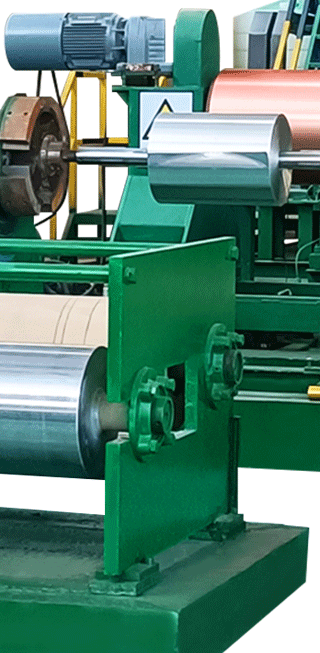Aluminum foil is a thin sheet of aluminum, widely used in households, food packaging, and industry. It comes in different types, grades, and thicknesses, each suited for different applications. Understanding the types of aluminum foil can help you choose the right one for your needs.
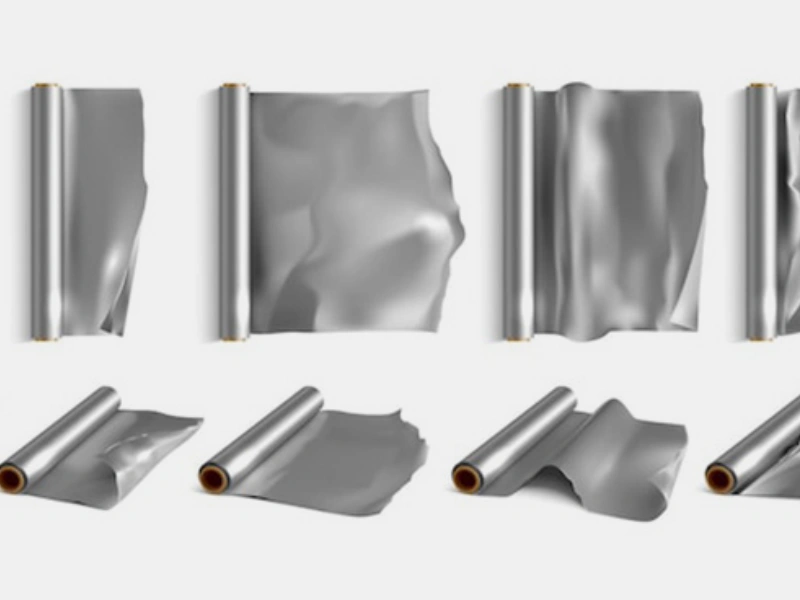
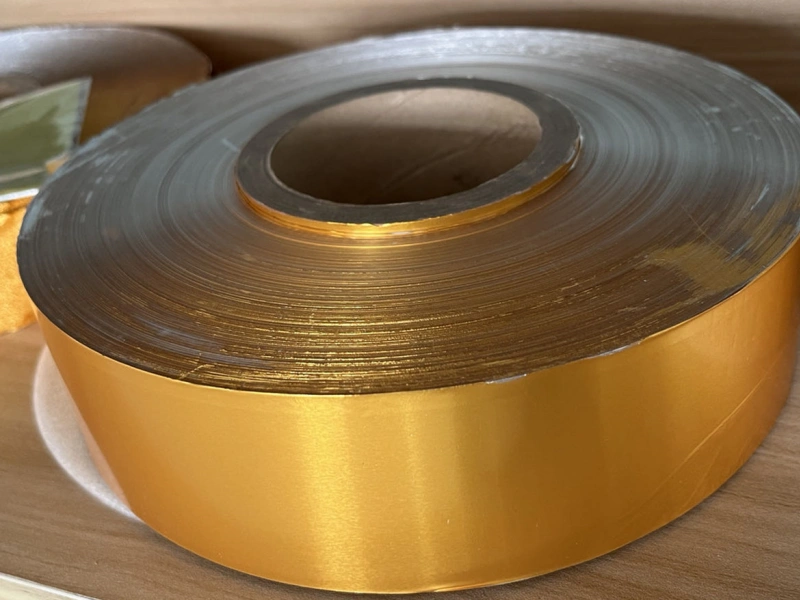
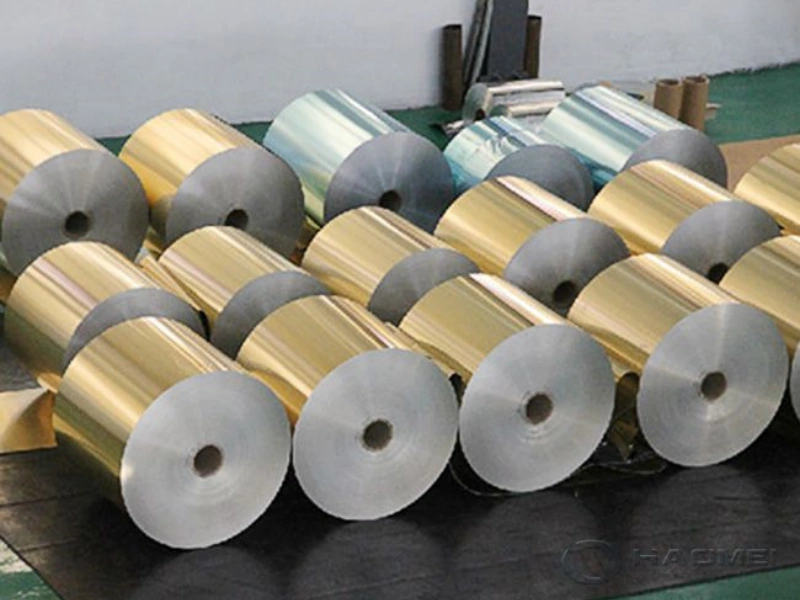
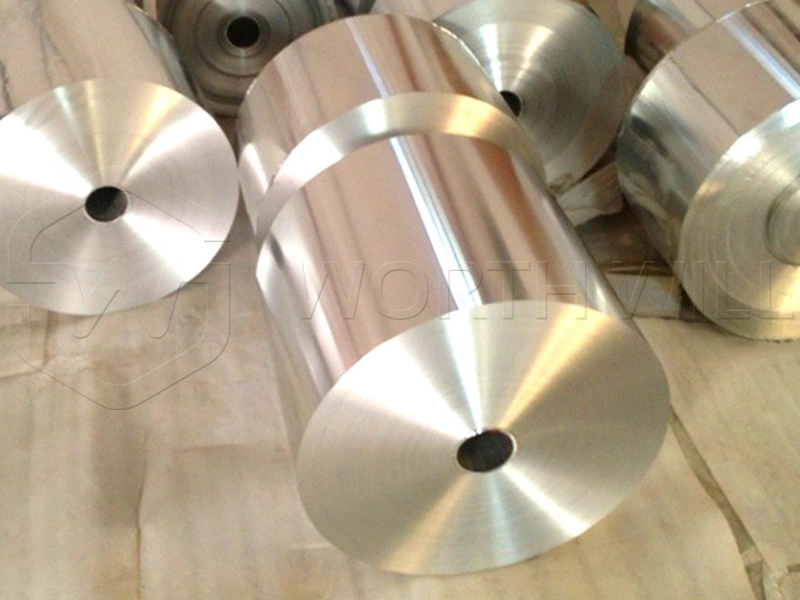
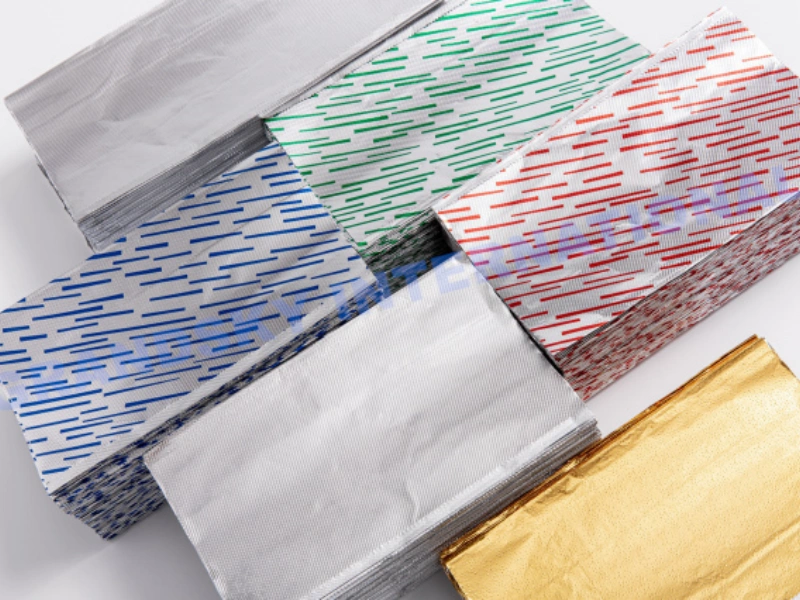
Are There Different Types of Aluminum Foil?
Yes, there are several types of aluminum foil, based on thickness, coating, and usage. The main types include:
- Household aluminum foil – For everyday kitchen use like wrapping food, baking, and storage.
- Heavy-duty aluminum foil – Thicker and stronger, suitable for grilling, oven use, and heavy wrapping.
- Pharmaceutical foil – Used for medicine packaging, offers strong barrier protection.
- Container foil – For making disposable food containers and trays.
- Hydrophilic and hydrophobic foil – For air conditioners and HVAC.
- Laminated foil – Combined with paper or plastic for extra strength and insulation.
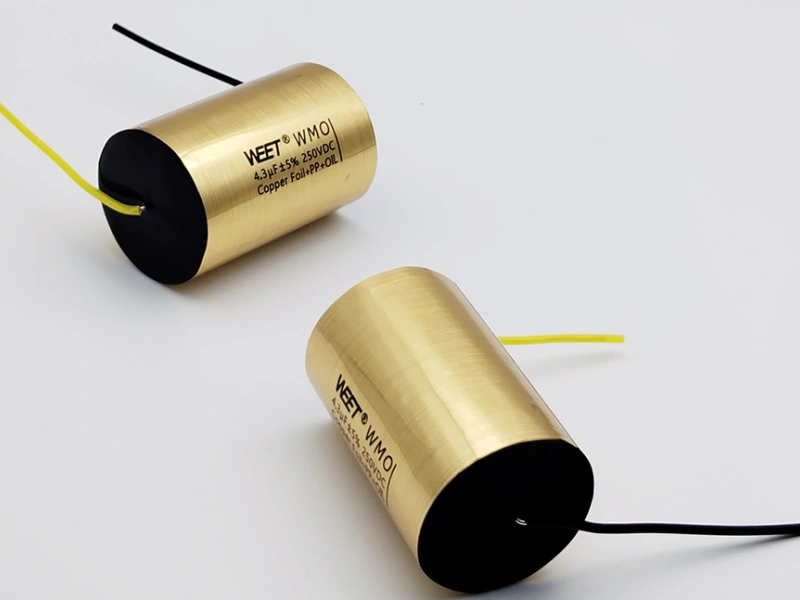
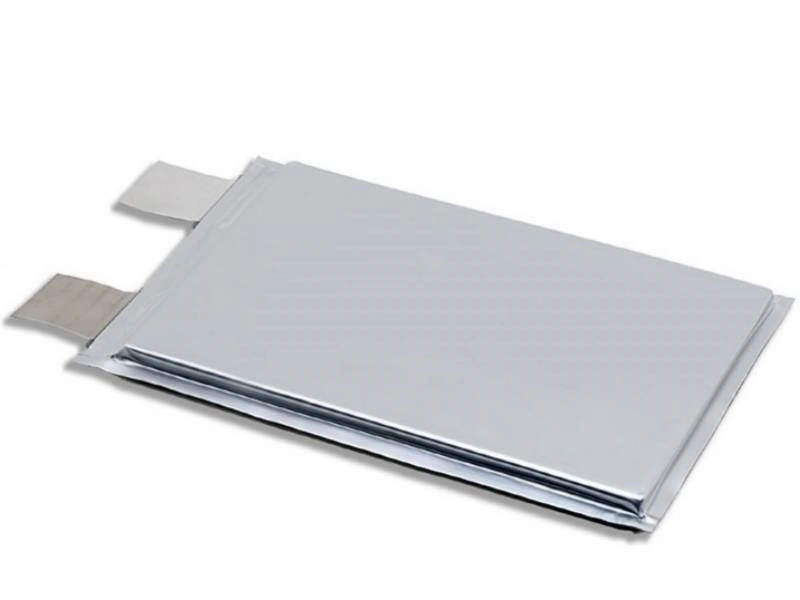
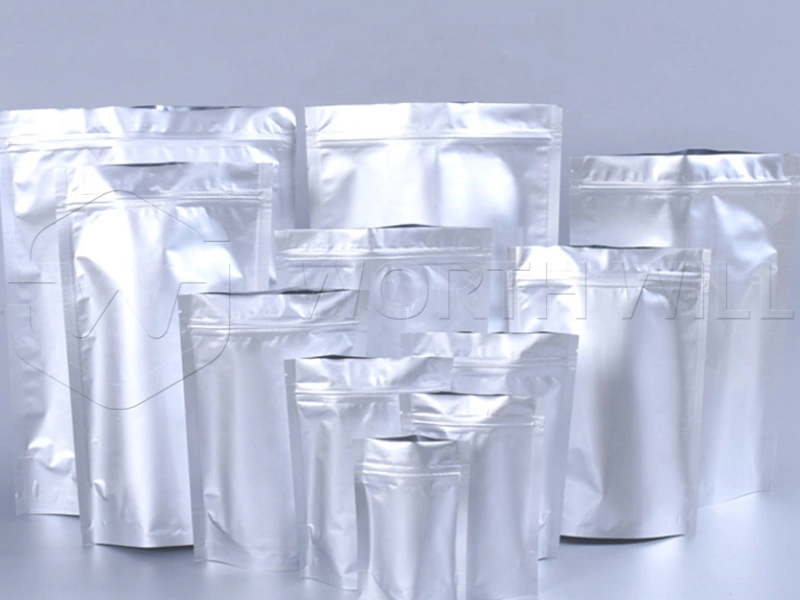
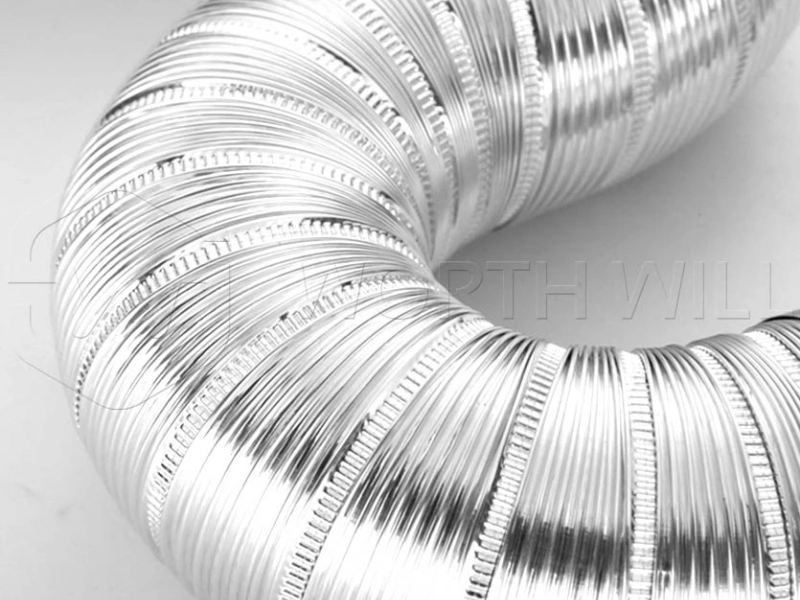
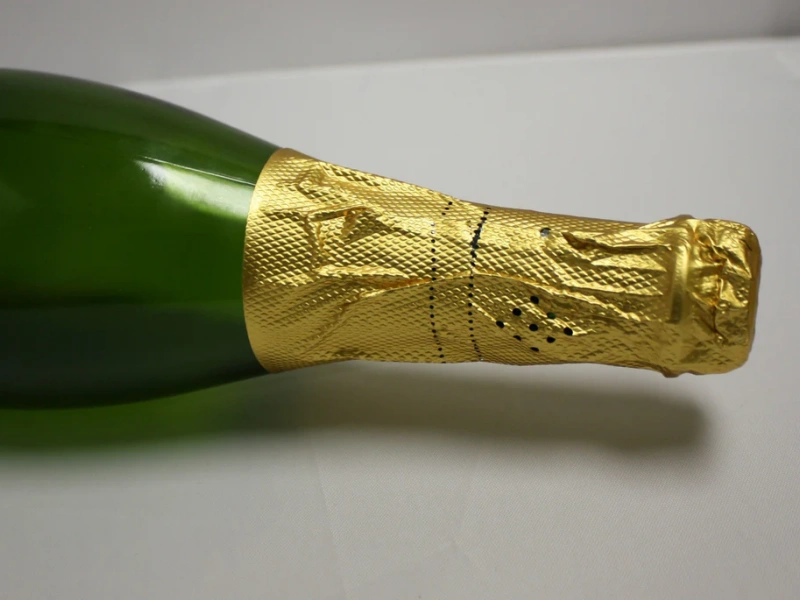
What Are the Different Grades of Aluminum Foil?
Aluminum foil comes in various grades based on alloy composition and use:
| Grade | Alloy | Common Use |
|---|---|---|
| 1235 | Pure aluminum (99.35%) | Household, packaging |
| 8011 | Excellent formability | Food containers, pharmaceutical |
| 8079 | High barrier properties | Medical and industrial use |
| 3003 | Corrosion resistance | Air duct and insulation foil |
| 5052 | Strong and durable | Aerospace, marine applications |
Each grade has different mechanical properties like strength, elongation, and barrier protection.
Which Side of the Aluminum Foil Should Touch the Food?
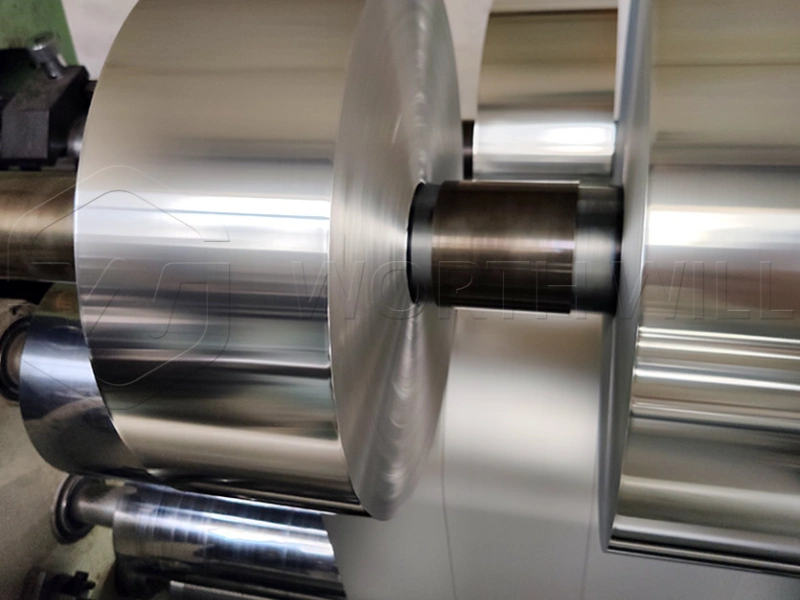
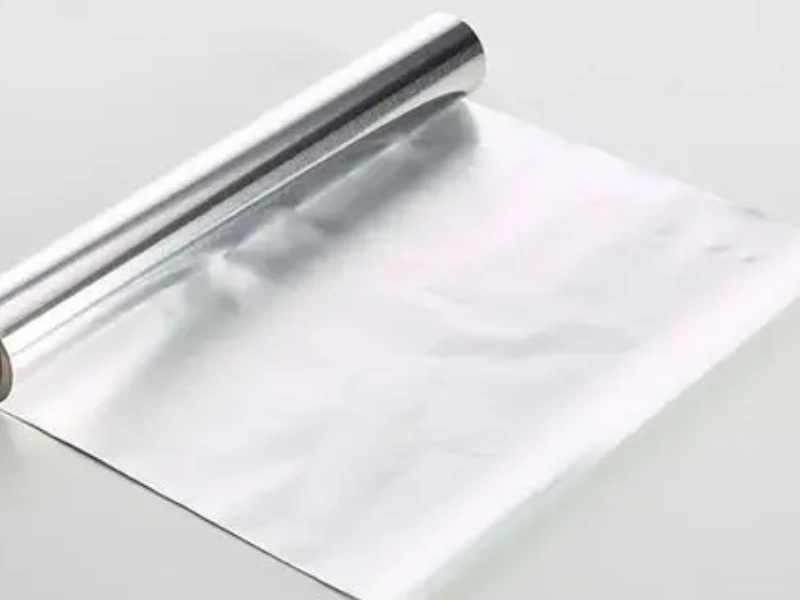
Many people wonder: shiny side or dull side? The answer is: both sides are safe. The difference in appearance is due to manufacturing, not a protective layer.
However:
- For heat reflection, place the shiny side out.
- For better heat absorption, place the dull side out.
But for everyday cooking, it doesn’t make a big difference.
What Is the Difference Between Everyday and Heavy-Duty Aluminum Foil?
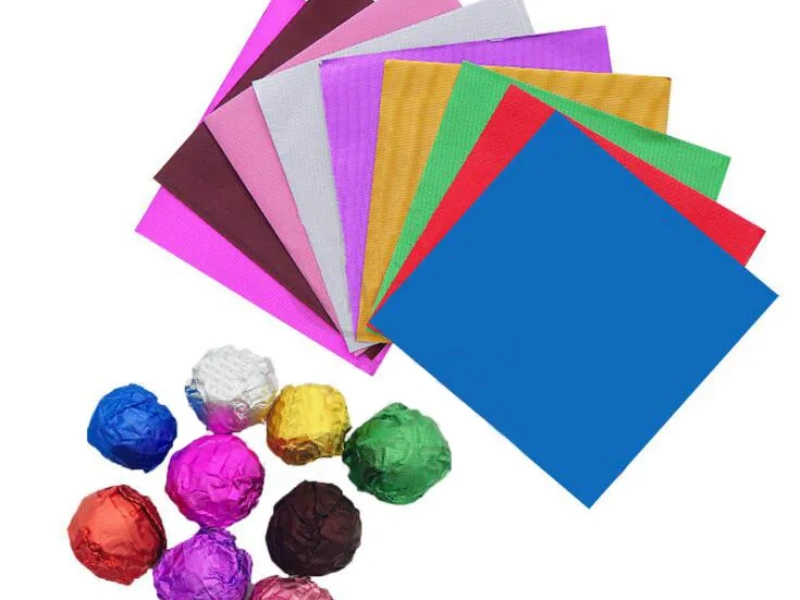
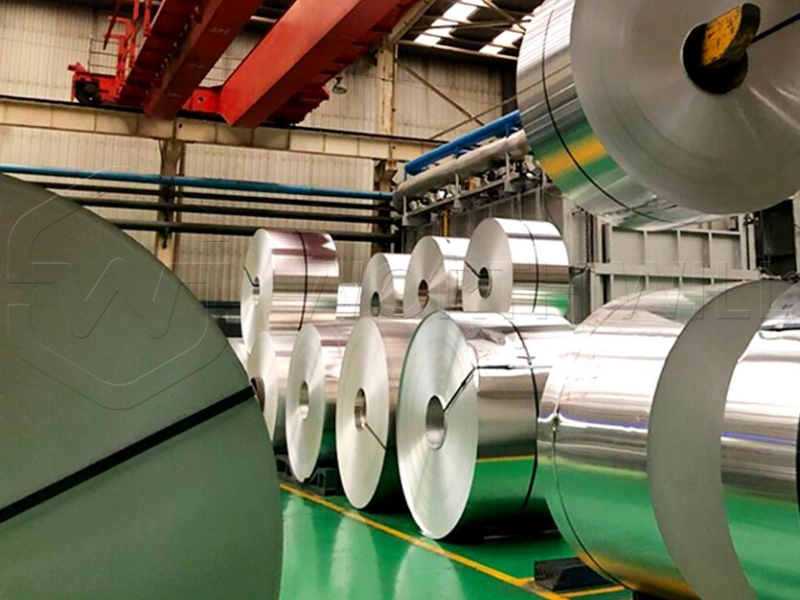
- Everyday foil is about 0.010–0.015 mm thick.
- Best for wrapping sandwiches, covering dishes, and storing leftovers.
- Heavy-duty foil is about 0.020 mm or more.
- Best for grilling, roasting, and handling heavy or oily foods.
If you need extra strength or plan to use it in high heat, go with heavy-duty foil.
Applications of Different Aluminum Foil Types
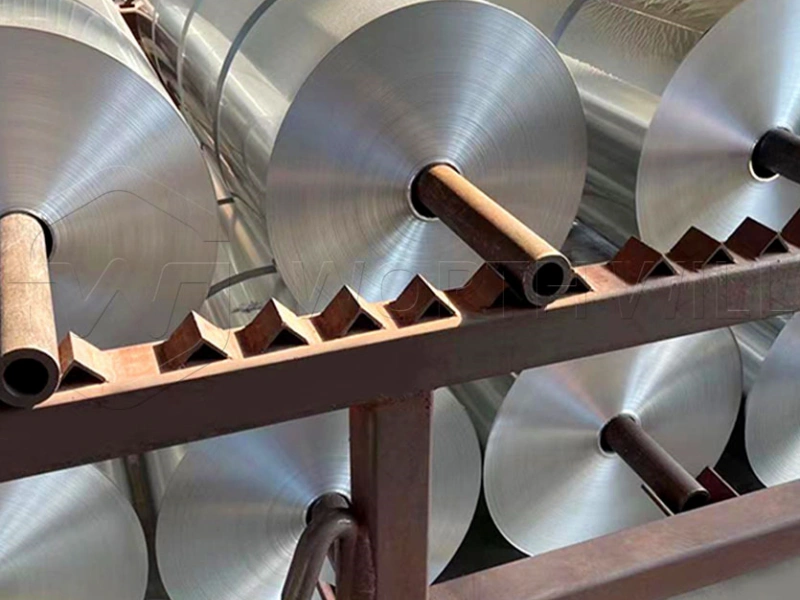
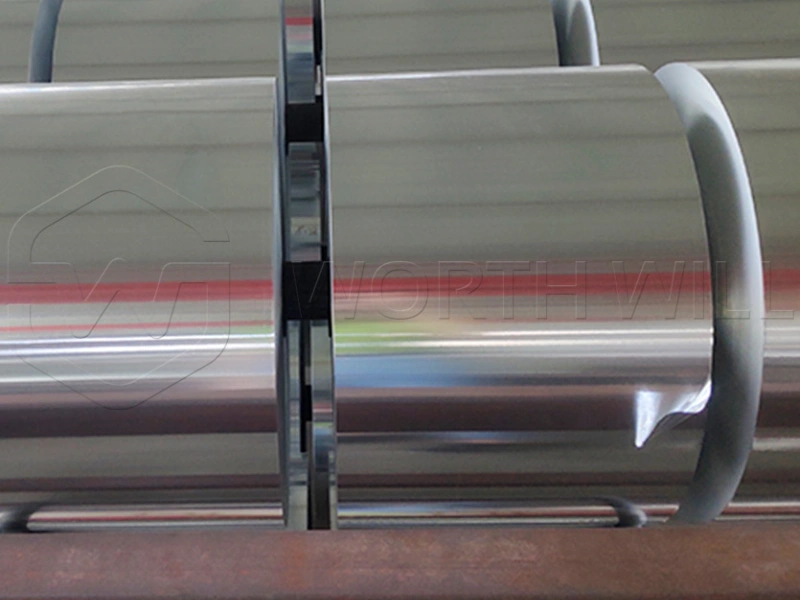
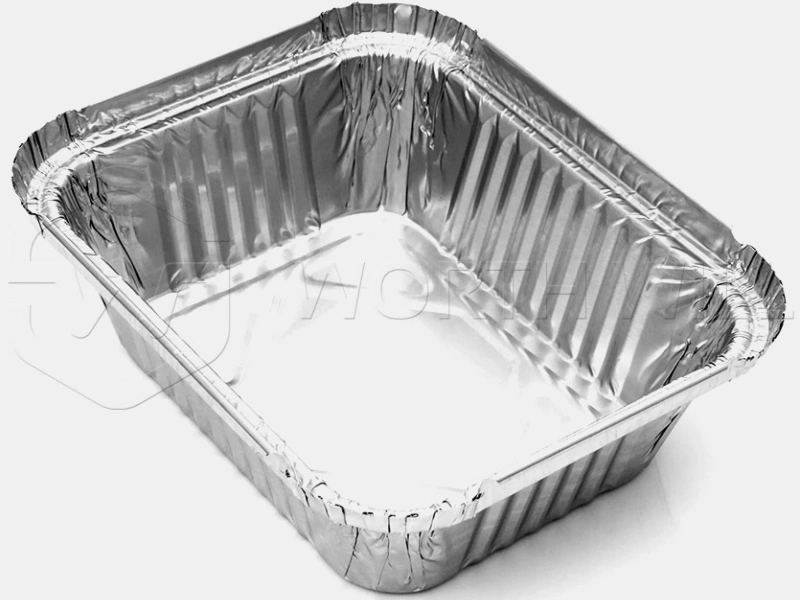
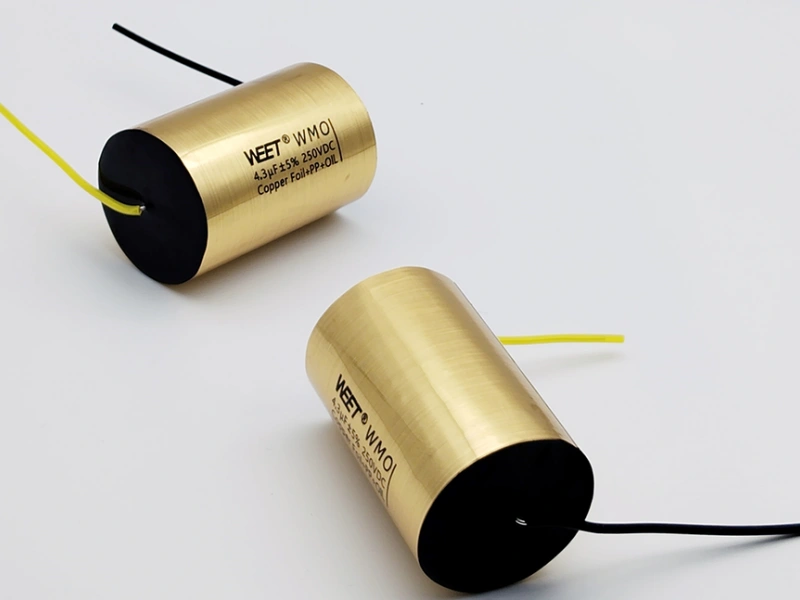
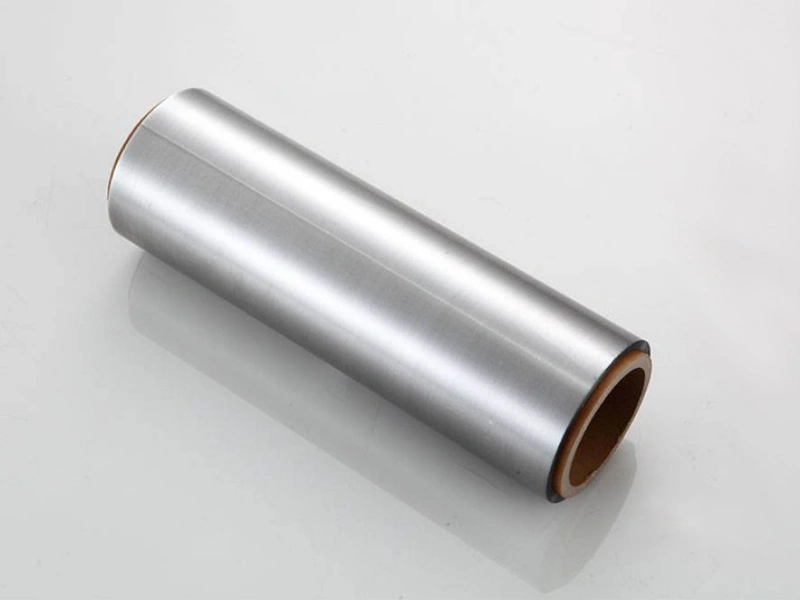
Aluminum foil is widely used in both home and industrial settings:
- Food Packaging
- Wrapping sandwiches, meats, vegetables
- Freezer storage
- Take-away containers
- Ready-to-eat meals
- Cooking & Baking
- Oven and BBQ grilling
- Roasting trays
- Lining pans to prevent sticking
- Industrial Use
- HVAC and ducting systems
- Insulation material
- Heat exchangers
- Pharmaceutical Packaging
- Blister packs
- Strip packaging
- Cold-formed foil
- Other Uses
- Cigarette packing
- Decorative foil
- Hairdressing foil
Why Choose Worthwill Aluminum?
At Worthwill Aluminum, we supply high-quality aluminum foil in different types and grades, including 1235, 8011, 8079, and more. Our foils are trusted by clients worldwide for their:
- Smooth surface
- Strong barrier properties
- Excellent flexibility
- Custom sizes and packaging
- Reliable delivery
Whether you’re looking for household foil, food container foil, or industrial aluminum foil, we have the perfect solution.
What Is Aluminum Foil?
Aluminum foil is a versatile kitchen essential that plays a crucial role in cooking, food storage, and various household applications. This guide will walk you through the different types of aluminum foil, their unique characteristics, and how to use them effectively.
Types of Aluminum Foil: A Detailed Overview
Basic Classifications of Aluminum Foil
Aluminum foil comes in several distinct types, each designed for specific purposes:
- Standard Aluminum Foil
• Everyday household use
• Thin and flexible
• Most common type for kitchen applications - Heavy-Duty Aluminum Foil
• Thicker and more durable
• Ideal for grilling and high-heat cooking
• Provides extra strength and tear resistance - Extra-Heavy Aluminum Foil
• Maximum durability
• Perfect for professional cooking and industrial applications
• Withstands extreme temperatures and harsh conditions
The Shiny vs. Matte Debate: Which Side Should Touch Food?
Contrary to popular belief, there’s no significant difference between the shiny and matte sides of aluminum foil. However, manufacturers recommend:
• The shiny side reflects slightly more heat
• Most experts suggest either side can touch food
• Consistency is more important than which side is used
Aluminum Foil Grades and Quality Indicators
Aluminum foil is typically classified by:
• Thickness
• Purity
• Specific application requirements
Common Grades:
- Household Grade (8011)
• Most common
• Suitable for everyday cooking and food storage - Industrial Grade (1235)
• Higher purity
• Used in specialized manufacturing processes - Food Service Grade
• Enhanced food safety standards
• Thicker and more durable
Practical Applications of Aluminum Foil
Versatile Uses:
• Cooking and baking
• Food preservation
• Grilling and barbecuing
• Crafting and DIY projects
• Insulation
• Packaging
• Electronics manufacturing
Choosing the Right Aluminum Foil
Tips for Selection:
• Consider cooking method
• Check heat resistance
• Evaluate thickness needed
• Assess specific application requirements
Environmental Considerations:
• Aluminum foil is recyclable
• Proper cleaning before recycling is essential
• Look for eco-friendly options
Safety Recommendations:
• Avoid using aluminum foil in microwave ovens
• Be cautious with high-acid foods
• Use appropriate grade for specific purposes
Frequently Asked Questions
Q: Can I reuse aluminum foil?
A: While possible, it’s generally recommended to use fresh foil for hygiene and performance reasons.
Q: Is aluminum foil safe for food contact?
A: Yes, food-grade aluminum foil is specifically designed for safe food interaction.
Conclusion:
Understanding the nuances of aluminum foil helps you make informed choices for cooking, storage, and various applications. By selecting the right type and grade, you can optimize performance and convenience.
Contact Us
📧 Email: jane@wwaluminum.com
🌐 Website: www.wwaluminum.com
Let Worthwill Aluminum be your trusted aluminum foil supplier in China.

